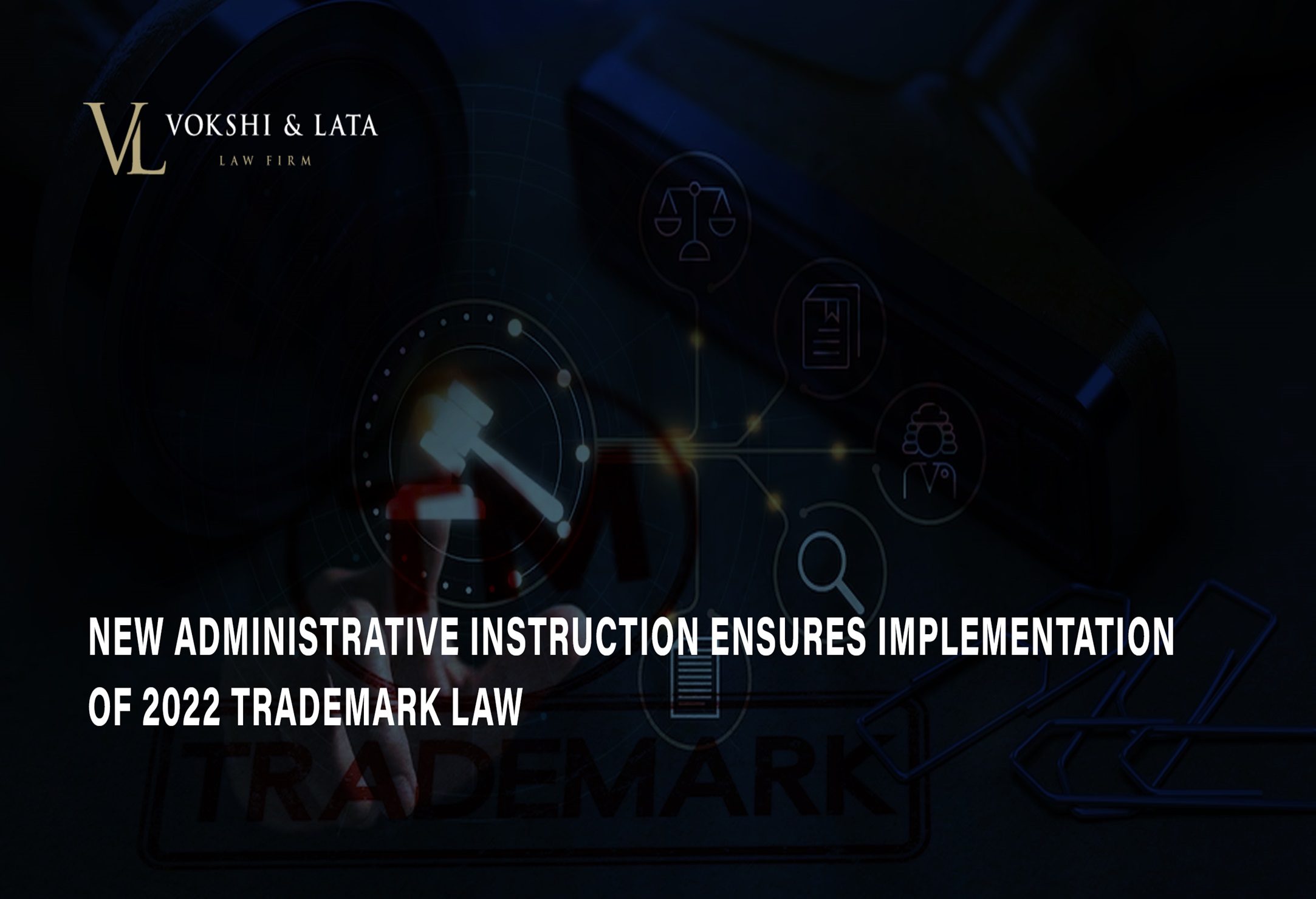New administrative instruction ensures implementation of 2022 Trademark Law

- The instruction provides comprehensive directions on various trademark procedures
- Article 10 addresses the rejection of a trademark application on absolute grounds
- The instruction contains a non-exhaustive list of factors to consider when assessing whether an application has been filed in bad faith
Law No 08/L-075 on Trademarks (‘the Trademark Law’) profoundly reformed the Kosovo trademark legislation in 2022, but also referred to the adoption of several sub-legal acts in order to complete its dispositions. In order to ensure the full implementation of the Trademark Law, the Ministry of Industry of Kosovo issued Administrative Instruction No 08/2023 “on the Procedure for Registration of Trademarks”, which was published on 7 August 2023 and entered into force seven days later.
The instruction addresses several issues, including trademark procedures, the description of a trademark and the grounds for refusal.
Procedures and documents
The instruction provides comprehensive directions on various trademark procedures, as well as the forms and documents to be enclosed, in particular for:
- trademark applications, including the requirements related to the electronic presentation of the mark;
- requests for an early examination of the application, which can be justified only by exceptional circumstances, but not by
- potential loss solely due to the fact that the trademark is not yet registered;
- third-party observations, which shall be submitted within three months from the date of publication of an application for trademark registration;
- objections to trademark registration, proof of use of an earlier trademark, objection reviews and the possible mediation procedure; and
- requests by the applicant or holder of the trademark to restrict the list of goods and services, or to divide the application or registration.
Description of the mark
The instruction provides several specifications on the presentation and submission of word and figurative trademarks, as well as sound, colour and three-dimensional trademarks. It also provides directions on the registration of trademarks that were not specifically protected under the Trademark Law, such as motion, multimedia and hologram marks.
Bad-faith registration
Article 10 of the instruction addresses the rejection of a trademark application on absolute grounds. Upon receiving the notification of the absolute grounds for rejection, the applicant has the possibility to file additional remarks, limit the list of goods and services or withdraw the application.
Article 10 refers, in particular, to the rejection by the Intellectual Property Agency (IPA) of applications filed in bad faith. While the Trademark Law did not provide specific criteria, the instruction contains a non-exhaustive list of factors to consider when assessing bad faith, which is similar to the list of factors recommended by INTA.
Well-known trademarks
Article 10 also provides for the rejection by the IPA of applications containing “well-known or internationally reputable trademarks registered in international databases”. To assess whether a trademark is well known, the IPA shall in particular refer to the WIPO Joint Recommendation Concerning Provisions on the Protection of Well-Known Marks. The application of the notion of “internationally reputable trademarks registered in international databases” may need further specification, especially as Kosovo is not part of the Madrid System for international registration, and, in any case, registration is not a prerequisite to determine whether a mark is well known.
The instruction establishes that the IPA may reopen/re-examine, at any time, an examination procedure related to absolute grounds. With regard to well-known marks, this may call for further clarification, as the instruction includes the rejection of applications containing well-known trademarks in Article 10, which relates to absolute grounds for rejection, while the Trademark Law includes it as a relative ground for refusal.
Comment
Overall, and even though some clarification may be needed, the instruction provides the necessary dispositions in order to implement the 2022 Trademark Law; in doing so, it guarantees the rights of trademark applicants while reinforcing those of earlier trademark owners.
This article first appeared in WTR Daily, part of World Trademark Review, in September 2023 . For further information, please go to https://www.worldtrademarkreview.com/
Authors: Florin Lata and Ted Ginsbuger
